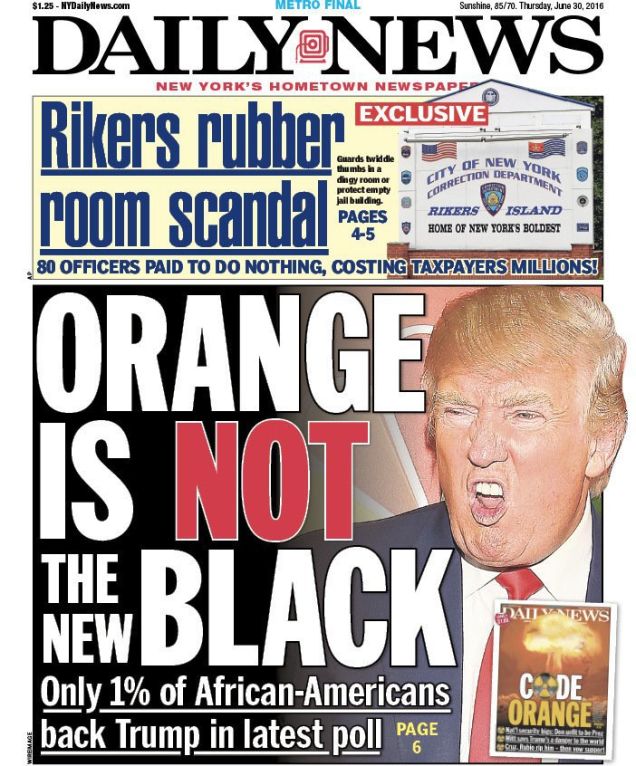In the dynamic sphere of blockchain and cryptocurrencies, Ethereum stands out, pioneering the way forward in tokenization through its unique software. For example, you can learn more about the inner workings of Ethereum and other cryptocurrencies in this blockchain developer course. However, this article will delve deeper into how Ethereum catalyzes innovation, turning digital assets into more accessible, secure, and versatile forms. This goes beyond simply observing Ethereum’s fluctuating prices but delves into its foundational role in envisioning a future where digital assets are omnipresent.
Unpacking Ethereum’s pivotal role
Ethereum differentiates itself through its smart contracts. These are automated contracts, with terms directly embedded into code, eliminating the need for intermediaries. This feature is the cornerstone of Ethereum’s ability to tokenize assets. While Bitcoin aimed to revolutionize monetary transactions, Ethereum’s vision is broader, aiming to revamp online transactions using its blockchain.
The decentralized nature of Ethereum’s blockchain ensures that no single entity controls the network, fostering trust and transparency. This decentralization is a key aspect of Ethereum’s appeal, as it aligns with the core principles of blockchain technology. By eliminating the need for intermediaries and central authorities, Ethereum empowers individuals and businesses to interact directly, creating a more efficient and equitable ecosystem.
What does tokenization entail?
Tokenization involves turning ownership rights of an asset into a digital token on the blockchain. Imagine having a piece of artwork, a share in a corporation, or a real estate investment and dividing that ownership into digital tokens. Ethereum’s blockchain facilitates buying, selling, or trading these tokens with the added advantages of blockchain’s security, transparency, and efficiency. The automation provided by Ethereum’s smart contracts streamlines these processes, enhancing speed and reducing risks.
Tokenization also opens up new opportunities for fractional ownership, allowing investors to own a portion of an asset that might otherwise be unattainable. For example, tokenizing a high-value real estate enables multiple investors to own a share of the property, democratizing access to previously exclusive investment opportunities. This fractional ownership model can be applied to various assets, from art collections to venture capital funds, creating a more inclusive investment landscape.
Ethereum at the forefront of tokenization
Ethereum has introduced key standards like the ERC-20 for creating fungible tokens, similar to currencies or stock shares, and the ERC-721 for non-fungible tokens (NFTs), representing unique items like art or collectibles. These standards have laid the groundwork for a thriving digital asset ecosystem across various sectors, from gaming and digital art to real estate.
Ethereum’s tokenization standards have also paved the way for the rise of decentralized finance (DeFi). DeFi applications leverage Ethereum’s smart contracts to create decentralized lending platforms, yield farming opportunities and other innovative financial products. By tokenizing assets and utilizing Ethereum’s blockchain, DeFi has the potential to revolutionize traditional financial systems, offering greater accessibility, transparency, and control to users worldwide.
The pathway to broader acceptance
Despite Ethereum’s pioneering efforts in tokenization, obstacles remain. Regulatory uncertainty is a significant concern as lawmakers worldwide strive to understand and regulate digital assets. Additionally, Ethereum faces technical challenges such as scalability and transaction costs, which are being addressed through the transition to Ethereum 2.0. This update aims to improve scalability, reduce energy consumption, and lower transaction fees, facilitating broader adoption.
Ethereum’s influence in tokenization sets the stage for a future where digital asset ownership and trading could become as commonplace as sending an email. As we explore this technological evolution, staying informed and proactive is crucial in navigating the challenges and seizing the opportunities.
As Ethereum continues to evolve and address its challenges, collaboration between developers, businesses, and regulators will be essential. Engaging in open dialogue, sharing knowledge, and working towards common goals can help create a supportive environment for innovation while ensuring consumer protection and market stability. By fostering a collaborative ecosystem, Ethereum can continue to drive the adoption of tokenization and shape the future of digital assets.









